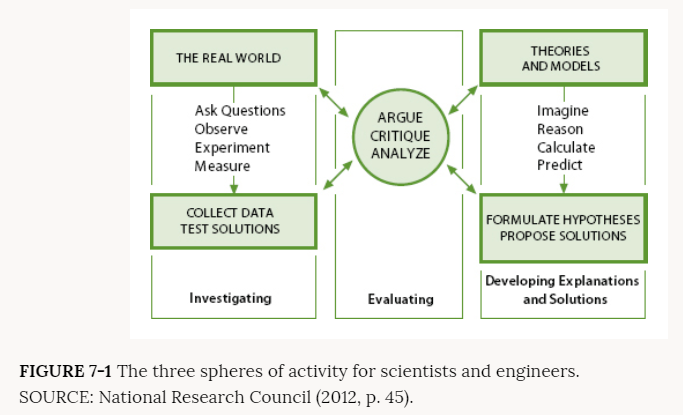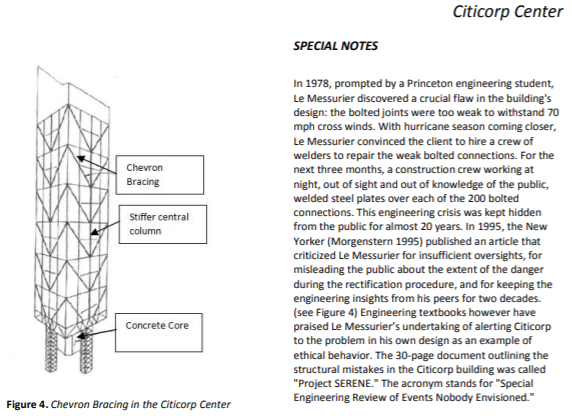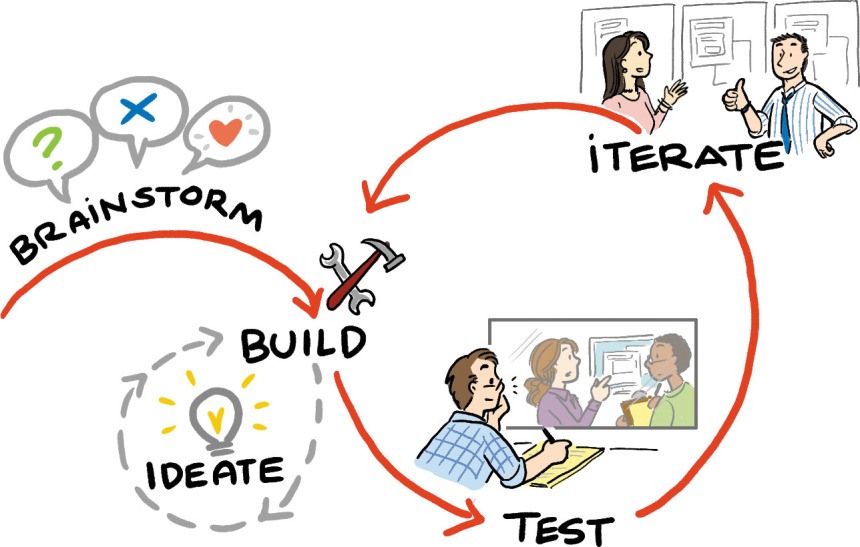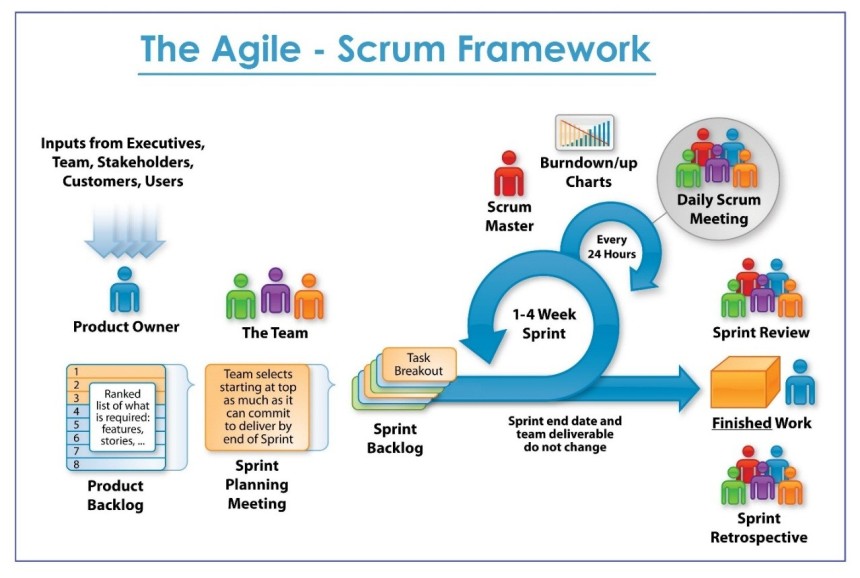Humanities as a compliment to STEM; Failure as necessary for student growth
Edelstein writes that “[to] innovate is thus less to abandon the past than it is to tinker, transform, and revise what came before” (2010). He describes the continuum of innovation and provides discipline-specific examples. Reading this, I couldn’t help but think of battery technology, something that has been around since Mesopotamia (https://phys.org/news/2015-04-history-batteries.html) and which has experienced both incremental and exponential advances during different periods. There may be more opportunity for innovation at the interface of two or more disciplines, of which one could have been on the static end of the continuum, rather than thinking of everything in its silo.
Edelstein (2010) provides examples of the value of humanities from the perspective of different disciplines that raise varied aspects of innovation:
- Entrepreneurship and an ability to consider ways to improve a current product, process, or situation.
- Engineering and medical students incorporating art to round out curriculum and ensure students can think creatively and make more connections back to the core material.
In practice the former example seems to significantly overlap with a research method or systems analysis process.
The National Research Council developed a framework that outlines practices that will aide STEM student acquisition of concepts:

Source: https://www.nap.edu/read/13362/chapter/11#142
Edelstein (2010) later acknowledges that the “cognitive processes” that underly both the humanities and STEM disciplines are similar. This seems to belie his earlier point.
The latter example hits on something more inherently-missing in traditional STEM fields – a framework for communicating out important concepts.
Melissa Marshall of TED “Talk Nerdy to Me” fame, coveys the importance of this:

Source: https://uit.no/Content/567834/cache=20181303143925/PYS%20Handout%202018.pdf
Her talk helps scientists and engineers present their work for maximum impact and understanding. I haven’t seen her talk in about five years, but I remember this slide because the medical concept is given a visual analogy.
Edelstein (2010) oversimplifies the need for understanding and assimilation in the humanities versus STEM coursework, providing examples where As are given in engineering classes where everyone gets one correct answer versus the case in a humanities course where there is no singular correct answer. There are any number of counter examples to this in STEM education, but my favorite historical example gets at concepts from both Godin and Palmer:

Source: http://khan.princeton.edu/463.pdf
Godin (2012) described the “obedience,” and “interchangeable parts,” nature of our educational system. A student who was not inquisitive, whose mind was not engaged, and who wasn’t willing to question the integrity of a building built by a known engineering firm for a publicly traded company might not have caught the design flaw. Coming forward as a student goes against the textbook cases and the standardized tests, it goes against memorization, and it takes gumption. This ties to what Palmer describes as the need to “help our students develop the skill of ‘mining’ their emotions for knowledge” (2007, p. 10). Student intuition can be squelched in the harder sciences, yet as Palmer notes many professions that stem from and interface with these disciplines run on heuristics.
Ultimately, Edelstein makes the case for a shift towards problem-based and other forms of applied learning.
Finally, a pitch for failure: we need to get more comfortable with what failure looks like and means in practice. Godin (2012) challenges us to consider if we “are asking our kids to collect dots or connects dots?” and then argues that we can only do the latter if we “[put] them into situations where they can fail.”
Failure abounds at both trivial and catastrophic levels across industries, some of which is expected and some of which is nearly unimaginable. The architect-engineers of the Citicorp and Hancock (https://gizmodo.com/5720994/how-to-build-a-glass-tower-that-doesnt-fall-down) towers got it wrong. The percentage of startups that succeed is a shockingly low 10% (https://www.forbes.com/sites/neilpatel/2015/01/16/90-of-startups-will-fail-heres-what-you-need-to-know-about-the-10/#7899a4c36679). In its report on a recent Massachusetts gas pipeline explosion, the National Transportation Safety Board found that field documents and sensors were were missing critical information leading to the death of one (https://www.reuters.com/article/us-massachusetts-explosions-nisource/regulator-ties-pipeline-work-to-deadly-massachusetts-gas-explosion-idUSKCN1ML2RA).
Failure, similarly to Godin’s (2012) observation on the lack of cooperative work in school, is one of the most overlooked aspects of our educational system. Students need to learn how to fail on individual problems, as contributors on teams (or as Palmer (2007) describes it “group inquiry”), and as part of institutions. If students are allowed to learn from their failures, they will be have more confidence and self-efficacy and be better advocates for change.

